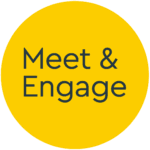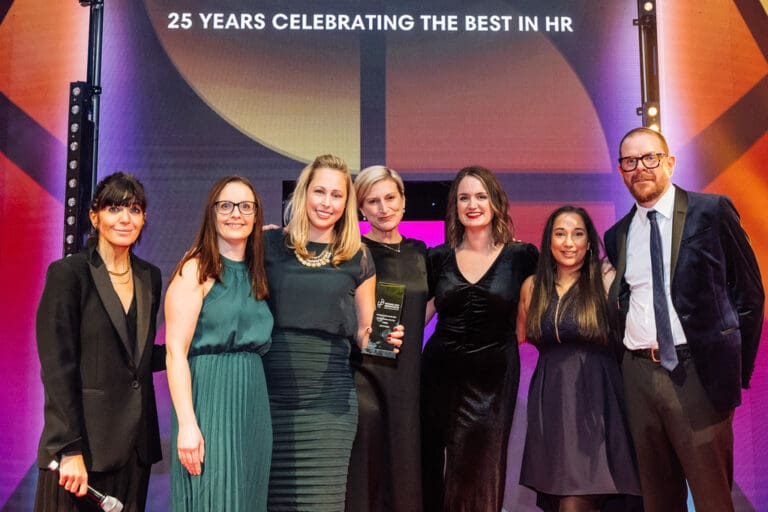When discussing all things recruitment and diversity, most people’s thoughts instantly turn to ethnicity, gender, LGBTQ+ and then maybe disability (in the US veterans and the Native population rank pretty highly too).
Protected characteristics are the most common areas of focus, but it seems as we head into the New Year, businesses have a new hiring aim.
It’s not a protected characteristic, and to get a reliable measurement requires asking numerous in-depth personal questions, but according to Sten10 – a business psychology consultancy who are expert on all matters relating to assessing people at work – 45% of businesses state improving the number of employees from lower socio-economic backgrounds is a ‘high priority’.
In fact it ranked third behind gender and ethnicity, which may suggest businesses are becoming more focused on their moral, as well as legal, obligations to diversity.
Those from state-educated backgrounds are 14% more likely to feel their background hinders them in an application process…
Interestingly the Institute of Student Employers’ (ISE) recent research shows 96% of their membership are prioritising diversity, but to contrary to that, only 35% say diversity of university is considered when deciding where to target, which is quite a disconnect.
Answering the question of how to increase opportunities for people from less advantaged backgrounds does not lie solely at the feet of business, there’s a lot of work that needs to be done when it comes to education and social welfare – did you know that children who spend just 3 months in care are twice as likely to go to prison as university?* – but if businesses are serious about increasing the social diversity of their workforce, they need to have processes and communication strategies in place which support this aim.
James Uffindell, Founder and CEO of Bright Network explains: ‘Our research shows that those from state-educated backgrounds are 14% more likely to feel their background hinders them in an application process, and BME students 34%.
Privately-educated students expect a starting salary that is 10% higher than those attending a state school and five years after graduating that increases to 15%.
Your target diverse audience may be looking for cues that they don’t belong in your organisation, rather than assuming that they do…
Many young people are also still being put at an unfair disadvantage by the extensive use of unpaid internships.
Unpaid internships have a knock-on effect throughout sectors, preventing diversity of thought, creating a culture of nepotism, and encouraging an ongoing cycle of backward thinking mindsets.
Every year in the UK, there are a staggering 70,000 unfilled graduate vacancies and 50% of leading firms fail to find the graduate talent they need to grow.
It’s vital that we take action to address this problem so that all young people, regardless of their economic and social background, ethnicity, sexuality and gender get the best chance of success.’
As with all recruitment, understanding the needs of your audience is key; and regardless of which diverse area you’re focusing on, you need to take into account drivers as well as potential blockers, whilst understanding how to communicate appropriately.
At a recent ISE event, Alice Scott from DBL explained the ‘Stereotype Threat’ – the fear of representing a stereotype and underperforming as a result.
This concern starts as early as the attraction phase when your target diverse audience may be looking for cues that they don’t belong in your organisation, rather than assuming that they do.
This is why representation matters; there is a huge amount of truth in the saying ‘if you can’t see it, you can’t be it’.
Messaging during the attraction phase isn’t the only consideration; research has shown that people from lower socio-economic backgrounds are likely to portray an inherently different approach during interviews and assessment centres, compared to those from more advantaged backgrounds.
Ben Williams, MD of Sten10, explained the following noted differences, which may impact performance in certain tasks:
- People from less advantaged backgrounds tend to see more risk
- They are less motivated by personal gain and focus more on basic requirements
- There is a tendency to look less at shaping the world, and they often reflect more on how it pushes back on them
- They are more likely to be truthful whilst negotiating
- In group situations, people from lower socio-economic backgrounds look for common ground and how to build consensus, rather than focusing on how to stand out themselves.
Of course this won’t apply for every single person from each side of the class-divide, but insight such as this is essential knowledge for any business looking to change the social make-up of their workforce.
Changing your messaging may help attract a more diverse workforce, but if you don’t take into account behavioural differences, your overall success is going to be extremely limited.
The method of communicating is also a worthy consideration; if your target audience aren’t sure if your business, or the career on offer, is for ‘someone like me’, the likelihood of them seeking you out and risking rejection is low.
What we have however found is that low-commitment, familiar feeling communication methods are attractive (think social media or similar) due to how they limit exposure for the individual.
Extra support, help and clarification throughout a process can also ensure these target candidates do not drop out through lack of confidence or self-belief.
Many organisations which are committed to socio-economic diversity actually utilise systems, provided by the likes of Rare Recruitment, which attribute ‘flags’ to identified markers, and adjust their requirements accordingly to level the playing field.
This approach has seen businesses employ outstanding individuals who otherwise would have been rejected at the application stage due to not meeting the basic grade criteria (for example).
In summary, if 2019 is to be the year of social diversity, I am excited about how Meet & Engage can play a part.
It seems like such a logical, as well as morally sound, approach to building better businesses – and that’s before the most important element is considered – the positive impact social mobility has on individual lives and society as a whole.
There are a plethora of organisations who can provide insight, advice and support to businesses looking to employ more people from lower socio-economic backgrounds, so the questions of ‘how do we do it?’ and ‘how can it be measured?’ really aren’t blockers anymore.
Want to find out more about how Meet & Engage can support you with your resourcing challenges? Contact Jodie directly at jodie.grove@meetandengage.com or book a demo.
*Rare Recruitment





